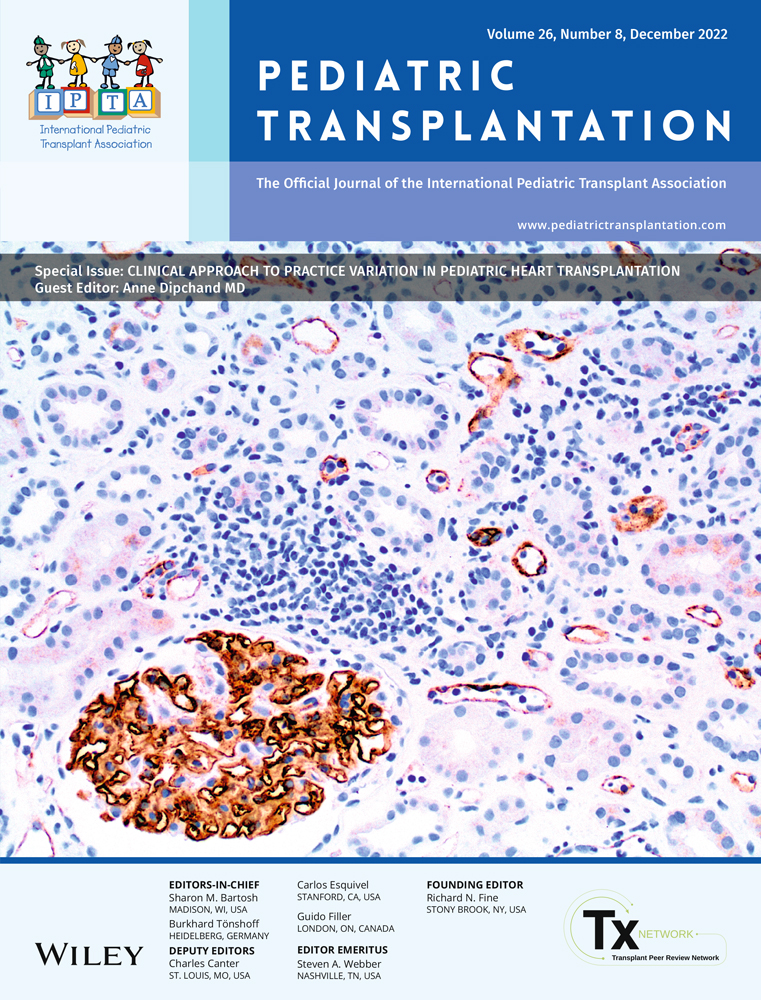Implementation of a neonatal donation protocol in the neonatal intensive care unit: A single-center experience
Abstract
Background
Lack of specific protocols for neonatal donation contributes to the rarity of neonatal donors. In this study, we evaluate the impact of the implementation of a neonatal donation protocol in our NICU.
Methods
In this single-center study, we conducted a retrospective chart review of neonatal deaths in our NICU from January 2013 to January 2022. The study was divided into two periods: before and after the implementation of a neonatal donation protocol. The referral rates of potential neonatal donors to the OPO in the two periods were compared using the chi-square test. A p value < .05 was considered statistically significant.
Results
Sixty-four infants were reviewed. Seven (10.9%) met the inclusion criteria for potential neonatal donors after DCC. The referral rate of potential neonatal donors increased from 2.5% to 16.7% after the implementation of this protocol (p = .041), and one infant (4.1%) became an effective heart-valve donor.
Conclusion
The implementation of a local neonatal donation protocol could have contributed to increase the referral rate of potential neonatal donors in our NICU. Following the implementation of a local neonatal donation protocol, we were able to perform a heart-valve donation for the first time in our unit.
CONFLICT OF INTEREST
Dr. Fernández-Fructuoso received funding for a training activity on pediatric donation from the Organización Nacional de Trasplantes (ONT), the Spanish governmental nonprofit organ donation organization; Dr. Gil-Sánchez and Ms. Sáez-Miravete are currently receiving remuneration from the ONT for their role as hospital donation coordinators. The other authors have declared that they have no potential conflicts of interest.
Open Research
DATA AVAILABILITY STATEMENT
All relevant data are available upon request to the corresponding author.




